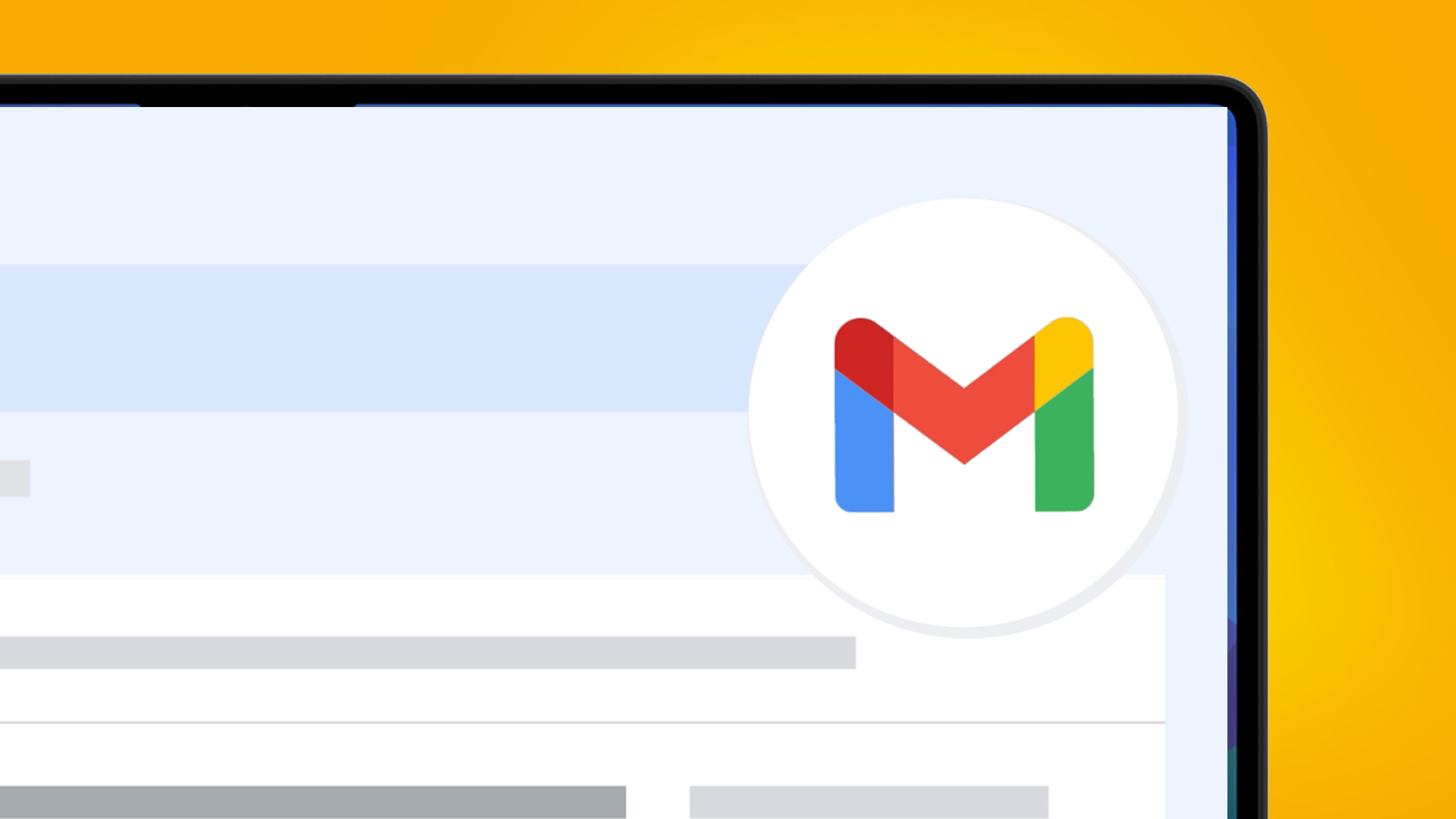Final warning: it’s your last chance to save your old Gmail account from deletion
Got an old Gmail account lying in a digital drawer somewhere?

Got an old Gmail account that you set up a while ago but have forgotten about? It could be worth tracking it down and signing in, because Google will start deleting inactive Gmail accounts from tomorrow, December 1.
Google first announced that it was changing its "inactive account policies" back in May, stating that "if a Google Account has not been used or signed into for at least two years, we may delete the account and its contents."
While that might not sound too concerning for most Gmail users, the content that Google will delete includes emails, Docs, Drive, Meet, Calendar and Google Photos. So if you've previously set up an account that is tied to some old photos that you haven't backed up, it could be worth finding the account and logging in.
The act of signing into the Gmail account or using Google Drive should be enough to take it out of the path of Google's digital flamethrower. And Google says it'll only "begin deleting accounts" from December 1 rather than pressing a single kill switch for all two-year-old accounts. But you'll need to "specifically sign into Google Photos" to prevent snaps in that service from being deleted.
Google says it's been sending multiple notifications in the months leading up to deletion day, to both the account email address and a recovery email (if you provided one). So the only real danger is if the Gmail account is tied to an old email address that you don't use regularly.
The reason for this culling of old Gmail accounts is apparently security, with Google stating that older accounts are "more likely to be compromised" because they rely on old or re-used passwords. That certainly sounds fair enough, though Google's bigger priority right now may be the Google Drive issues that have seem some users lose months of data.
Time for a takeout

This wave of Gmail account deletions and Google's recent Drive issues have highlighted the importance of backing up your data. If you're not sure how to do it, read our guide on how to save your Gmail files from deletion using Google Takeout.
Sign up for breaking news, reviews, opinion, top tech deals, and more.
While the classic 3-2-1 backup strategy is still a sensible one to follow, the rise of ransomware attacks and the fact that cloud storage providers – even ones as large as Google – aren't infallible means that even that historical 'gold standard' is being reconsidered, in favor of 3-2-2 or even 3-2-3 backup strategies.
As those names suggest, rather than simply backing up to two different types of local storage and a cloud service, some businesses are also choosing two different types of cloud storage provider (that are separated geographically) to insulate themselves from data center outages.
Still, for individuals, the classic 3-2-1 system remains superior to simply relying on a single cloud backup. And if your data backup mainly revolves around backing up photos and videos, we'd also recommend checking out our guide to making the ultimate photo backup for Adobe Lightroom or Google Photos.
You might also like

Mark is TechRadar's Senior news editor. Having worked in tech journalism for a ludicrous 17 years, Mark is now attempting to break the world record for the number of camera bags hoarded by one person. He was previously Cameras Editor at both TechRadar and Trusted Reviews, Acting editor on Stuff.tv, as well as Features editor and Reviews editor on Stuff magazine. As a freelancer, he's contributed to titles including The Sunday Times, FourFourTwo and Arena. And in a former life, he also won The Daily Telegraph's Young Sportswriter of the Year. But that was before he discovered the strange joys of getting up at 4am for a photo shoot in London's Square Mile.